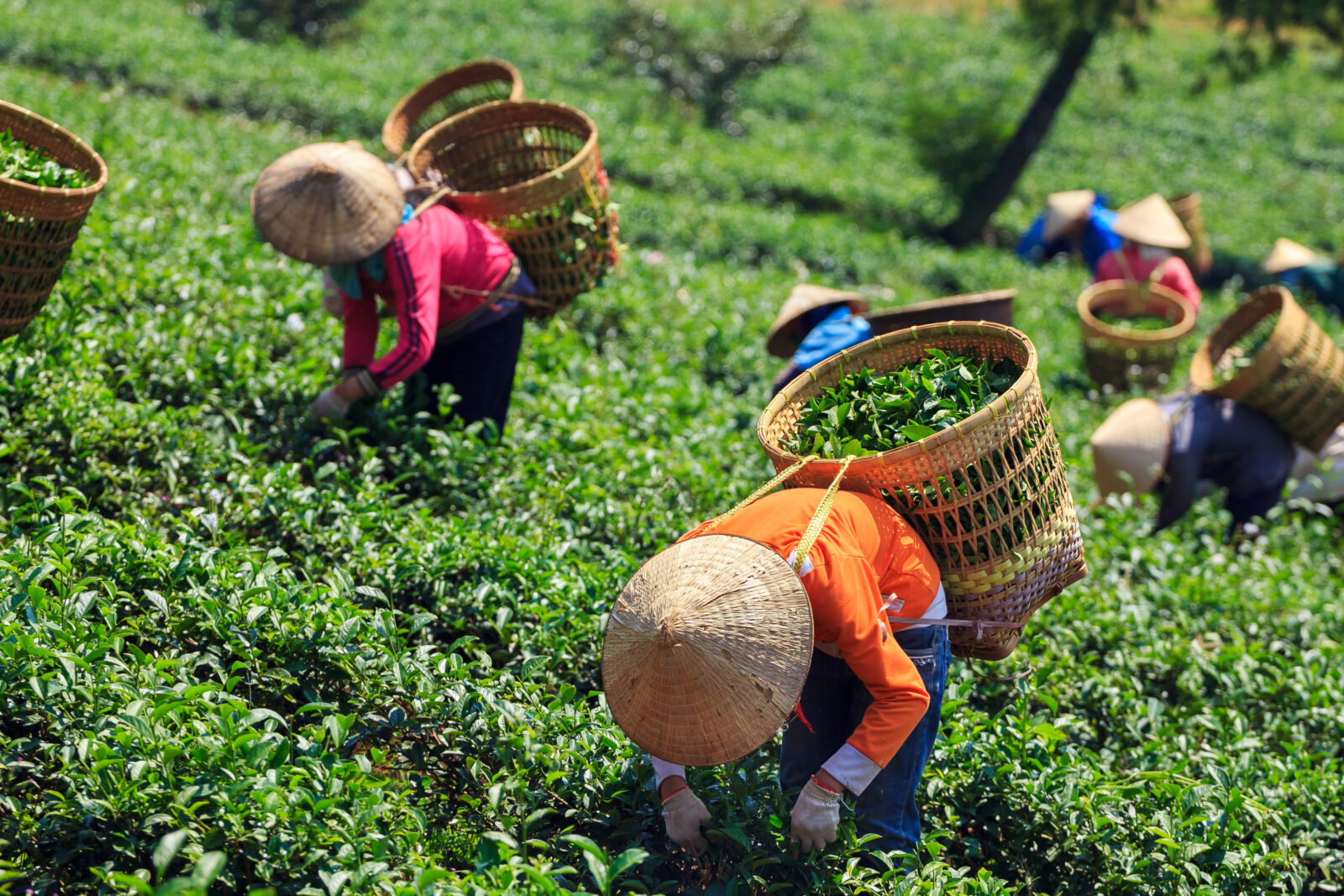Explore Organic Teas During September—National Organic Month
September is National Organic Month, a span of 30 days that we take seriously here at Ku Cha House of Tea. Close to one-third of all of the teas that we carry, more than 70, are organic. Among the rest, most are grown on small farms in Asia where chemicals are not used in tea farming, but the farmers do not pursue USDA organic certification.
The organic designation is consequential, especially for teas grown in the United States, most of them herbal. While we are always careful about our sourcing partners, when they have organic certification it certainly makes it easier for us. That alone tells us their farming is clean—for humans, biodiversity, soil and the environment. It saves us from having to do much research into their agricultural practices. Instead, when the tea is organic it invites to spend more time assessing the taste—a key factor!
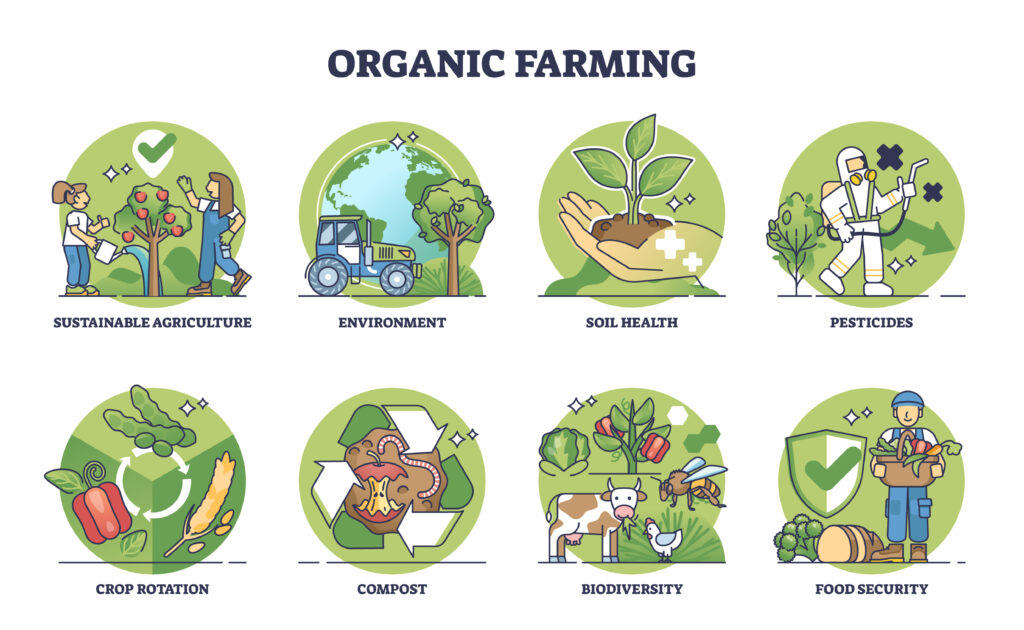
Organic is the original regenerative
The term “regenerative agriculture” has received a lot of notice in recent years, and we welcome the attention. Regenerative agriculture focuses on soil health. As healthy soil serves as the foundation for all of life on Earth, this emphasis is important. It matters quite a bit for tea, too. The marketplace today supports several new regenerative agriculture certifications. If we come across teas with third-party verification of their regenerative bona fides, we will consider adding them to our roster.
But organic already compels farmers to pursue farming practices that build soil health. In the context of certifications, in fact, organic is the OG soil health agricultural practice. As a result, our commitment to organic remains stout. We will continue to seek delicious teas that have attained organic status, in the United States, across Asia and anywhere else that teas are being nurtured. That includes teas like yerba mate from South America and rooibos from South Africa—in both cases, we carry organic versions of the teas.
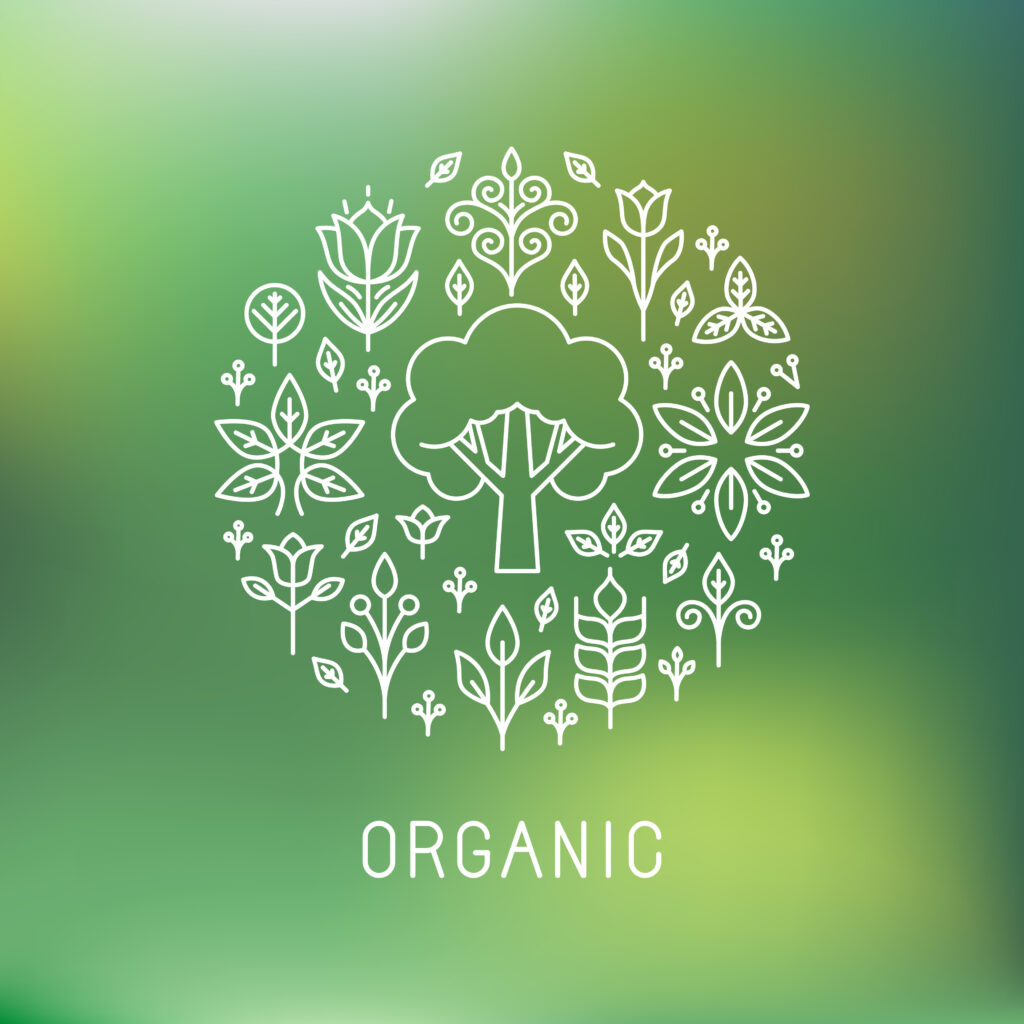
For National Organic Month, consider stopping by one of our stores along Colorado Front Range, or visit our online shop, and check out our huge inventory of organic teas. Your taste buds, your health and the environment will thank you!
To begin our tea-happy dance through the rest of September, we focus on five classic Camellia sinensis teas, from India, Japan and the birthplace of tea, China. The styles covers a lot of ground, in terms of classic tea. And they all are positively delicious, too.
Organic Teas: Darjeeling 1st Flush Black Tea
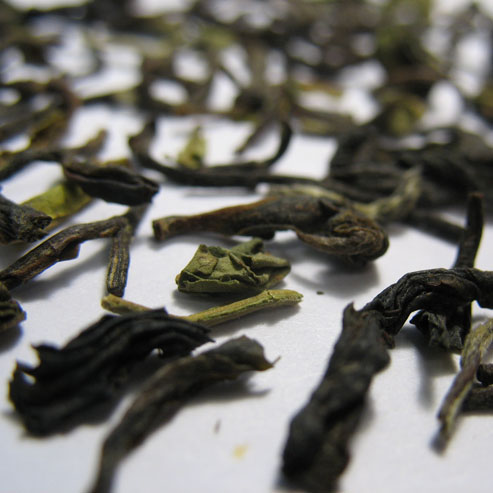
Many of the classic black teas with which many people in the United States and the United Kingdom are familiar are black styles from India and Sri Lanka. The teas brew bold and malty, and welcome additions of cream and sweetener, like sugar or honey.
We steer clear of the mass-market Indian black teas that fill tea bags and rest in boxes of 100 bags or more on supermarket shelves—the quality is far too low for our standards. But that doesn’t mean all teas from the region offer middling flavor and tea-sipping experiences. Many teas from India and Sri Lanka are exquisite: robust, bracing, complex, wonderful. The key is working with small farms that pay close attention to quality.
Darjeeling is tea grown on certain estates in the Darjeeling region of India. While tea cultivation in China goes back thousands of years, it only got its start in Darjeeling during the 19th century.
Harvesting happens from March to November. But the most prized harvest, the “first flush,” takes place in early spring. Farmers pluck only the first leaves that emerge after winter dormancy. The tea is floral and light, with only slight astringency.
We love a great first flush Darjeeling, and that includes our organic offering. It delivers honey tones, with notes of muscatel grape, and broadcasts aromas suggestive of ripe fruit.
Organic Teas: Darjeeling Autumnal Black Tea
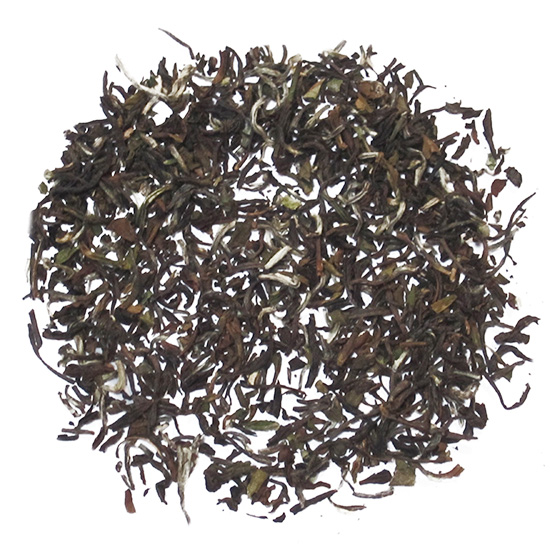
The first flush Darjeeling described above revolves around leaves harvested in early spring. Our Autumnal Darjeeling, however, hinges on leaves harvested from the famous Makaibari Estate during October and November. The resulting tea is mellow, sweet and fragrant with a hint of cinnamon spice. We love sipping it during autumn—somehow the alignment of the season when the leaves were harvested with autumn itself works beautifully.
Try both Darjeelings, to get a sense about how two Darjeelings grown in the same general area can taste so differently, based on when farmers harvested them.
Organic Teas: Sencha
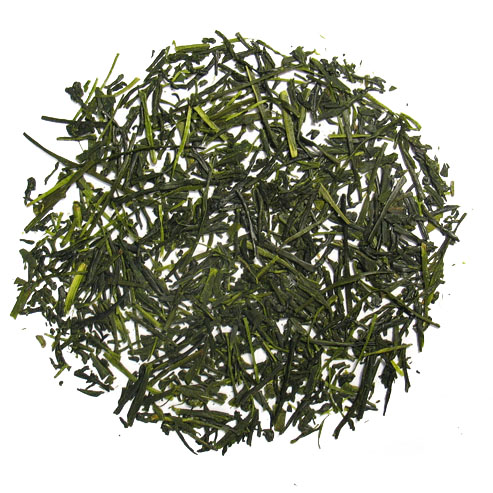
Matcha, the vibrant green powdered tea that has become Instagram-famous for its use in lattes, cupcakes, candy and sodas, is Japan’s most prominent tea export to the world. And the Japanese drink loads of it. But matcha is not the most widely consumed tea in Japan—sencha is. If you’ve ever ordered tea at a sushi, izakaya or other Japanese restaurant, chances are the server delivered sencha to the table. And you gulped it down, because it’s so tasty.
Tea farmers in Shizuoka make our sencha by picking tea leaves early in the spring. They then steam the leaves, and lightly roll them. This tea offers a mellow, refreshing, sweet taste with an almost buttery finish.
Organic Teas: Peony White
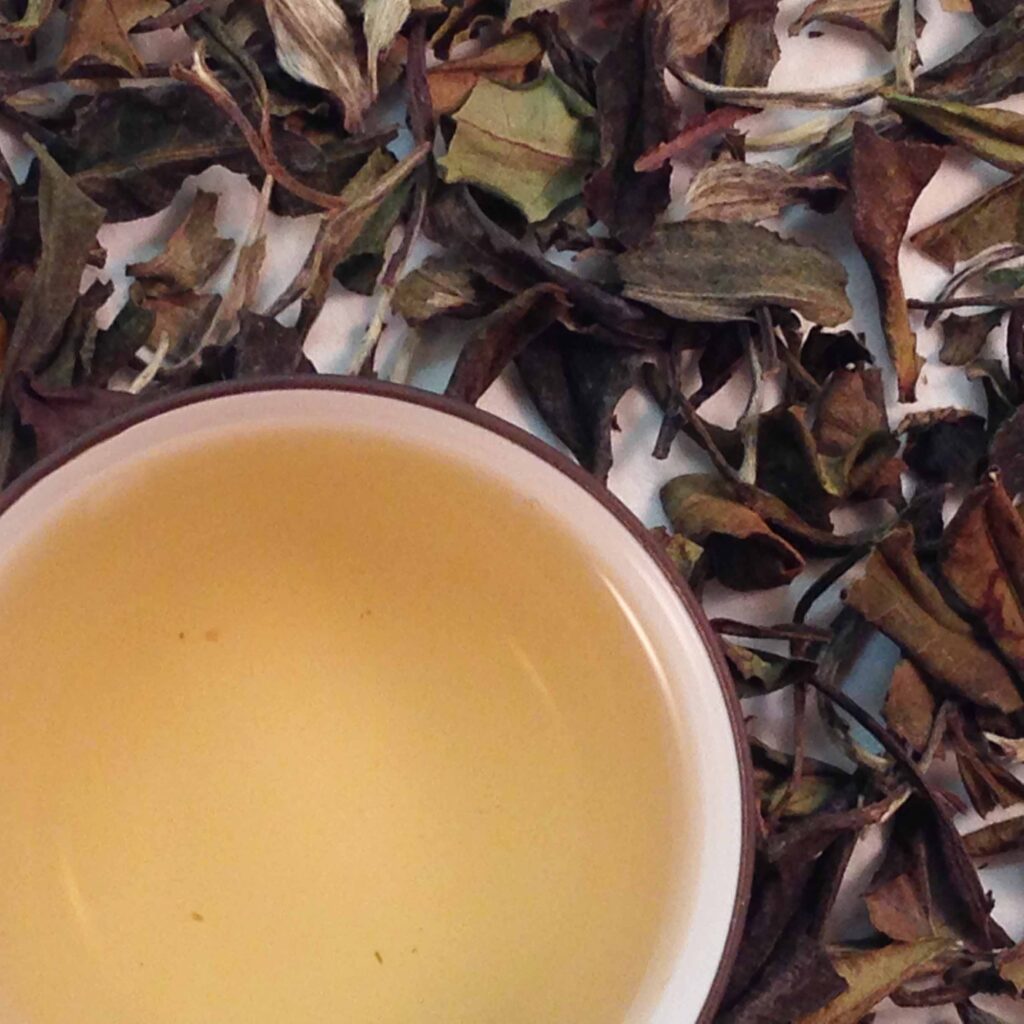
Farmers in China’s coast-hugging Fujian province produce a range of beautiful teas, including heady jasmines, complex oolongs and powerful blacks. Count the province’s exotic white teas among its sought-after teas.
Our Peony White, also called Pai Mu Tan, comes from young tea buds that farmers harvest in early spring. As with most white teas, Peony White endures minimal processing. Harvested leaves and buds get spread out in the sun for brief drying periods, which leads to precious little oxidization. The final result is a warm, rich white tea. By no means is this white tea pale in flavor—it’s muscular, and shot through with lovely floral aromas reminiscent of blossoms on fruit trees.
Organic Teas: Puerh
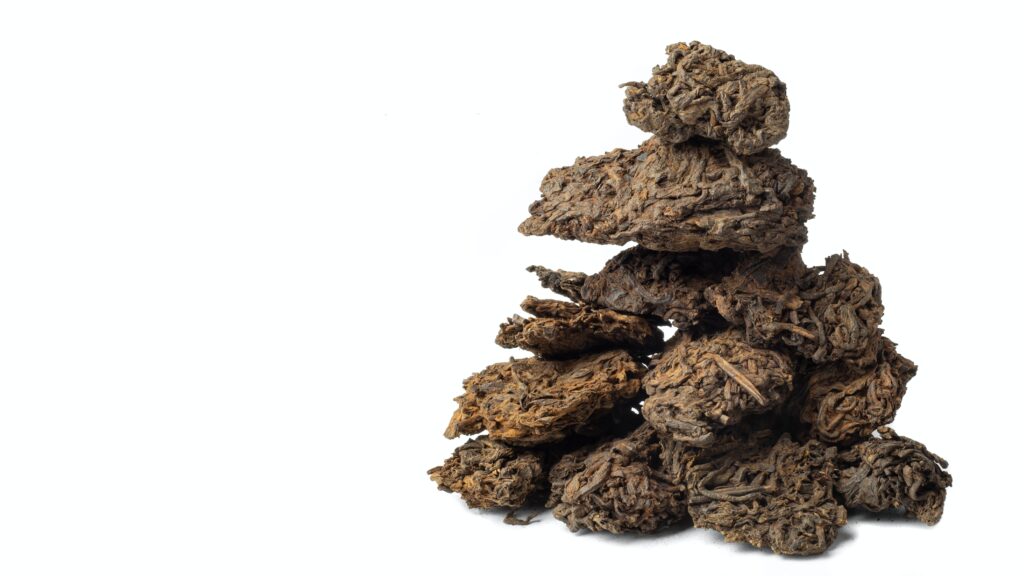
China’s famous puerh tea, from the southern province of Yunnan, represents the only popular style that undergoes fermentation. In addition to remarkably complex and intriguing flavors, people also seek puerh for its health properties. Puerh lovers endorse it for digestive and heart health, and champion the style’s banquet of healthy minerals and botanicals. And when puerh is organic, the healthy benefits are amplified.
Our organic ripe puerh is rich and smooth, with a long-lasting, earthy aftertaste. Sipping it, too, leaves the mouth feeling cool and moist, and ready for the next cup. In China, this tea is championed for its “cha qi,” making sippers feel grounded and light.

